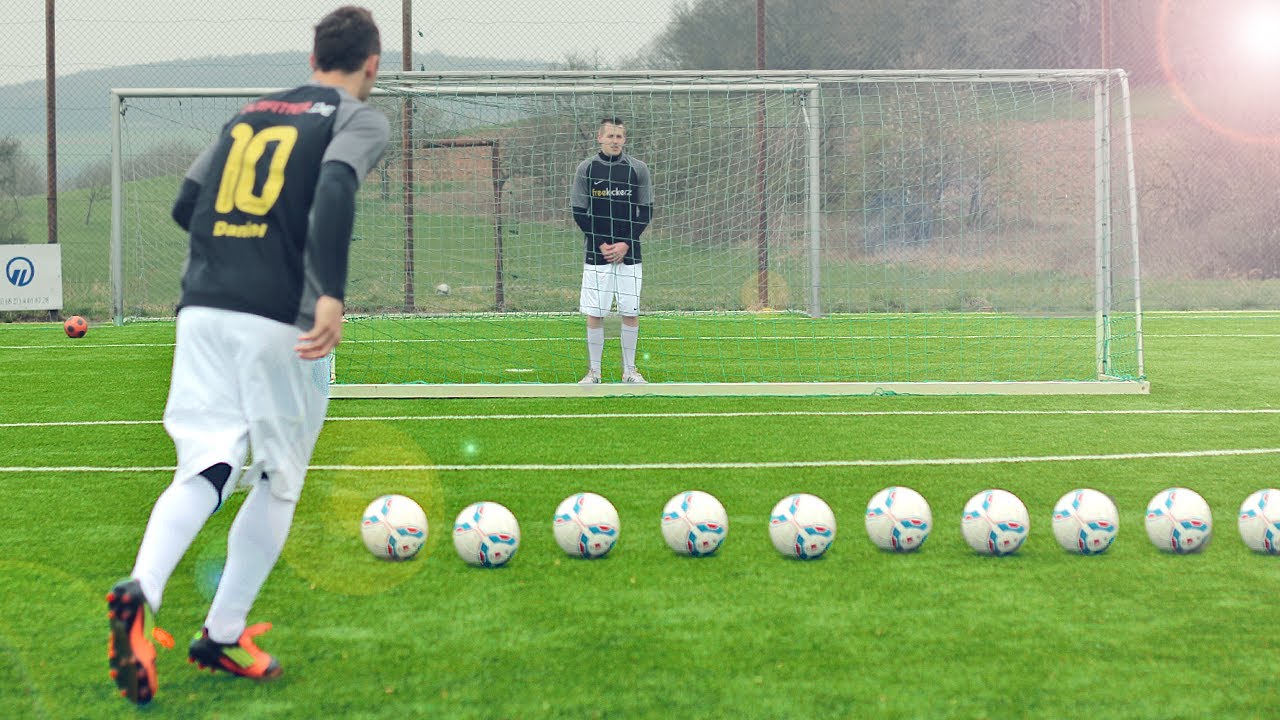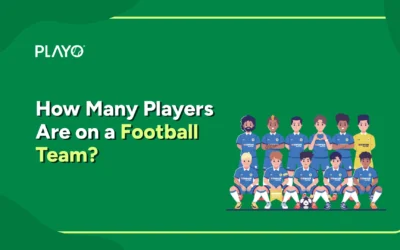Taking a penalty kick in football is a demanding task. It takes courage, skill and practice. Most importantly, a good penalty shooter requires the ability to control their nerves.
How to cope with the nerves while taking a penalty kick in football?
You cannot replicate the nerves that come with shooting a penalty shot during a game. However, one way to deal with nerves is to practice. Practice your penalty shot at the end of a training session, every time. There is no right way to shoot, but you have to find your way.
Many players go into a penalty shot undecided about where to shoot. They are not sure if they are going to shoot left or right, high or low. As a result, you will often find those players to be the ones that miss. Like anything in life, being unprepared and undecided can yield negative results.
Where should I shoot?
Here are some factors to consider before taking a penalty shot:
- Shooting low and to the corners is a good penalty, however, a goalie that guesses right will likely get to your shot. So if you are shooting low, hit it with pace.
- Shooting down the middle is an option as goalies usually decide to pick a side and dive.
- Shooting high in the corners is ideal as the goalie will rarely reach that area of the net quickly enough due to how close the shot is. But, and this is a big but, that is a very dangerous and difficult shot. When aiming high, your accuracy is diminished and the chance you miss is higher. Nonetheless, if brave and practiced enough, that is the ideal position.
How does a goalie decide what to do during a penalty kick?
- It is important to understand that a goalie is trying to make calculated guesses. Here is what the goalie is looking for when you shoot:
- Goalies have admitted over and over that the most obvious giveaway (although very subtle) is the planting foot. When you wind up taking a shot, your planting foot will point to the corner where you are shooting.
Another factor is the hips. Much like the planting foot, the hips will point in the direction the ball will most likely go.
Ways to avoid this are by approaching the ball with pace and, secondly, practicing to minimize these slight tells.
Smashing a penalty shot
Many players feel that finesse will not get the job done. As a result, they will hammer the ball past the goalkeeper. Although some stand by this shot, I do not suggest you shoot this way simply because you lose control of your shot. Smashing the ball does not allow you to place it as well as you would like and there is a good chance you shank the ball. However, if you are going to hit it, be sure you know where you are going to hit it. Do not just hit it with no direction at all. Have an idea of where you would like to go. Try not to put your whole body into it; take a little bit off the ball and try to aim to one side. If you hit it hard and to a side, the goalie will have a tough time stopping that.
Placing the ball
Most players use this approach because it is the one shot that gives you most command and control over the ball. With this shot it is absolutely crucial you know where you are going. Because the ball will not be hit with a thump, the goalie has a little more time to get to the ball. Practice this shot and find out where you are most comfortable.
Let me remind you that knowing where you are going to shoot will be the most decisive factor in scoring a penalty shot. When you approach any nervous situation, knowing what you are going to do and having practiced what you are going to do will not necessarily settle your nerves, but will help your confidence. When you come to the penalty spot, it should not be an unfamiliar process; the only unfamiliarity should be the crowd noise (if there is any) and the goalie in front of you. Taking a penalty shot should be a process you can do with your eyes closed. The reason so many basketball players are successful free-throw shooters is that they have practiced so often that it becomes routine. In fact, many players create a routine so that even in the highest pressure situations, they do not even have to think – they just do (e.g. dribble once, spin the ball in your hand, bounce on your knees twice then shoot). The best advice is to practice your penalty shot so often that it becomes second nature – if necessary, have a routine.
We hope our tips to improve your penalty kick while playing football has been helpful for you!
Read: Types Of Tackles In Soccer And The Best Techniques To Master Them
FOLLOW US ON INSTAGRAM FOR SPORTS MEMES AND REELS!










0 Comments